Description
Introduction to FAA’s Transition from PTS to ACS
The Federal Aviation Administration (FAA) is embarking on a transformative journey by shifting from Practical Test Standards (PTS) to Airman Certification Standards (ACS) in its certification process. This evolution aims to modernize the evaluation criteria for aircraft mechanics and technicians (AMTs), aligning it more closely with contemporary industry demands. The adoption of ACS seeks to provide a more comprehensive assessment, integrating both theoretical knowledge and practical skills, which traditional PTS-based testing methods have often treated in isolation.
The driving force behind this transition is the FAA’s commitment to enhance aviation safety through a more holistic evaluation framework. By merging knowledge and hands-on competencies, ACS aims to ensure that AMTs are not only knowledgeable about various aircraft systems but also proficient in their practical application. This dual emphasis promises to create a more robust and well-rounded certification process that reflects real-world demands and the complexities faced by technicians daily.
This shift is expected to bring about several key outcomes. The certification process will become more structured and systematic, offering clear guidelines and expectations to both examiners and candidates. For aspiring AMTs, this means a more transparent and predictable preparation path, reducing uncertainties and enabling focused study efforts on both theoretical content and practical skill sets. Additionally, the integration of ACS is anticipated to raise the overall competency levels of newly certified AMTs, thereby contributing to higher standards of safety and operational efficiency in the aviation industry.
Essential changes in the examination process include updated content guidelines, specific task performance criteria, and real-world scenario assessments. These updates reflect the FAA’s proactive approach to make the certification exams more reflective of the dynamic and technologically advanced aviation environment. Consequently, AMTs undergoing certification under ACS will be better prepared to meet current and future challenges, equipped with a balanced understanding and practical prowess.
The transition also underscores the importance of continuous learning and adaptation for both existing and future AMTs. As the industry evolves, so must the standards by which professionals are evaluated and certified. The FAA’s move from PTS to ACS represents a significant step towards a more integrated and effective certification process, reinforcing the cornerstone of aviation safety and excellence.
“`
The Federal Aviation Administration (FAA) continues to evolve its training and certification protocols with the introduction of the Airman Certification Standards (ACS). Consequently, numerous Advisory Circulars (ACs) and FAA handbooks tailored specifically for Aviation Maintenance Technicians (AMTs) have become indispensable. These resources, in conjunction with the well-established H-8083 series handbooks, AC43.13, and the Federal Aviation Regulations (FARs), are essential in ensuring that AMTs are well-versed in updated maintenance practices, safety protocols, and certification procedures.
H-8083 Series Handbooks
The H-8083 series handbooks, encompassing general, airframe, and powerplant topics, have long been the foundational resources for AMTs. These handbooks provide comprehensive coverage on aircraft maintenance, structure, systems, and powerplants, aligning closely with the requirements set forth by the ACS framework. Using these handbooks, AMTs gain a deep understanding of fundamental and advanced topics, thereby enhancing their technical proficiency and ensuring adherence to rigorous safety standards.
Advisory Circulars (ACs)
Several new Advisory Circulars are critical for AMTs in the context of the ACS. AC43.13-1B and AC43.13-2B, for instance, offer detailed guidelines for acceptable methods, techniques, and practices on aircraft inspection and repairs. These circulars are vital for maintaining regulatory compliance and promoting safe maintenance practices. Additionally, the recently introduced ACs provide specific instructions on contemporary maintenance technologies, thereby equipping AMTs with up-to-date technical knowledge.
FAA Handbooks
Complementing the already robust selection of resources are new FAA handbooks tailored to fit the ACS model. These handbooks delve into niche areas such as aircraft electronics, avionics systems, and propulsion technologies, ensuring that AMTs are well-prepared to tackle modern challenges in aviation maintenance. By integrating these handbooks into their study regimen, AMTs not only enhance their technical expertise but also remain current with evolving industry standards.
The incorporation of these resources into the ACS framework signifies an elevated benchmark for AMTs, ensuring that they are not only well-prepared for certification exams but also adept in practicing safe and efficient maintenance. By seamlessly embedding these materials into their training, AMTs can navigate the evolving landscape of aviation maintenance with confidence and competence.

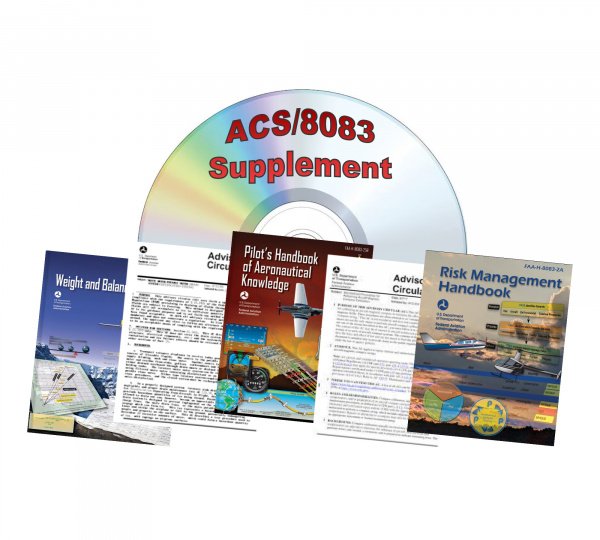
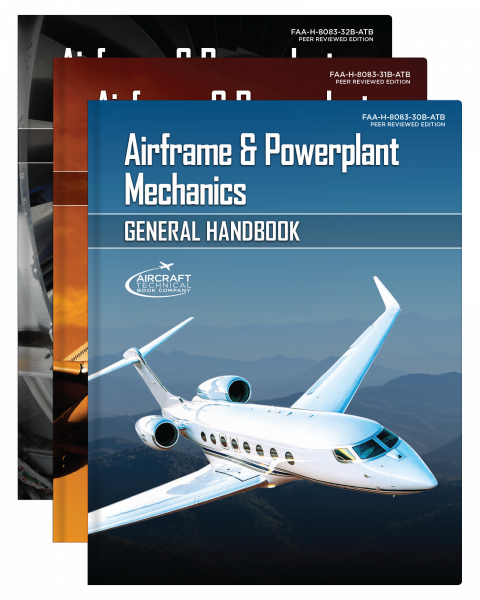


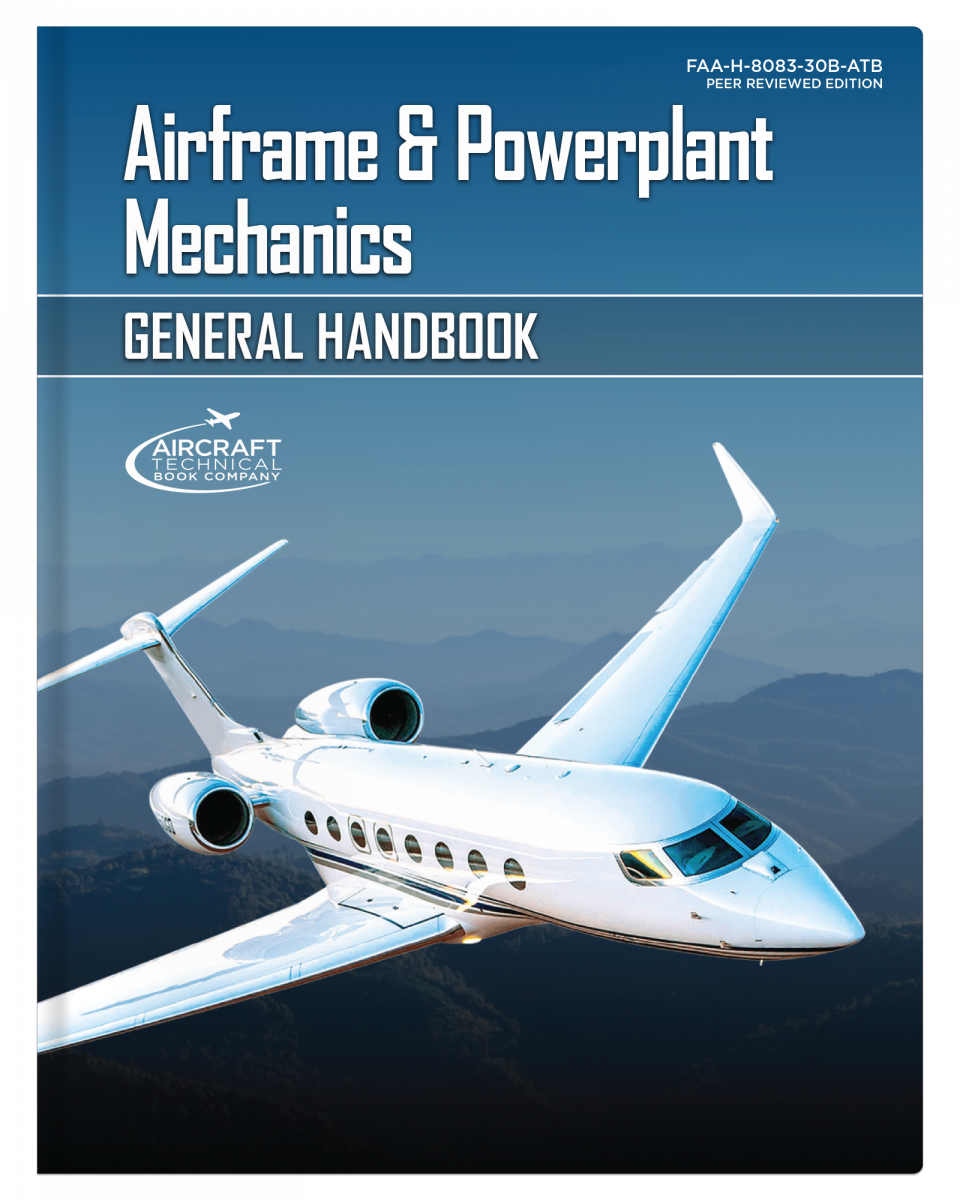


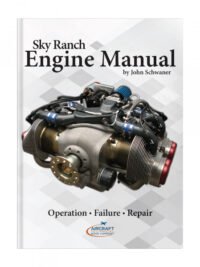
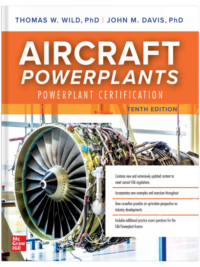
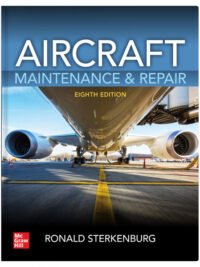



Reviews
There are no reviews yet.